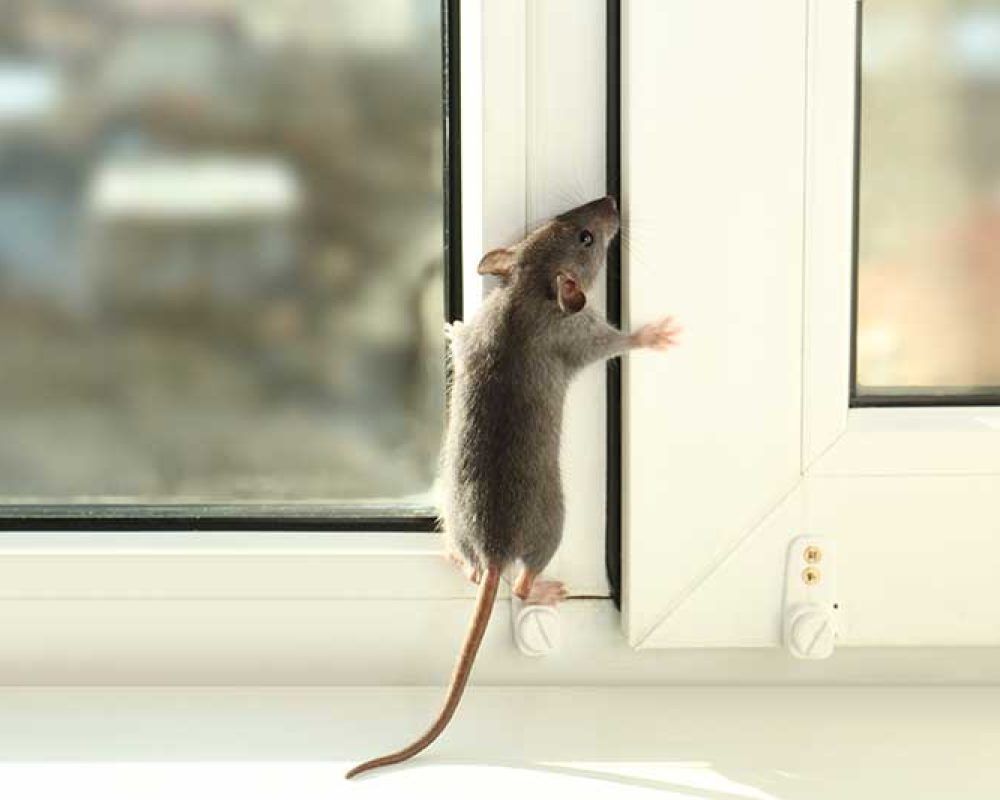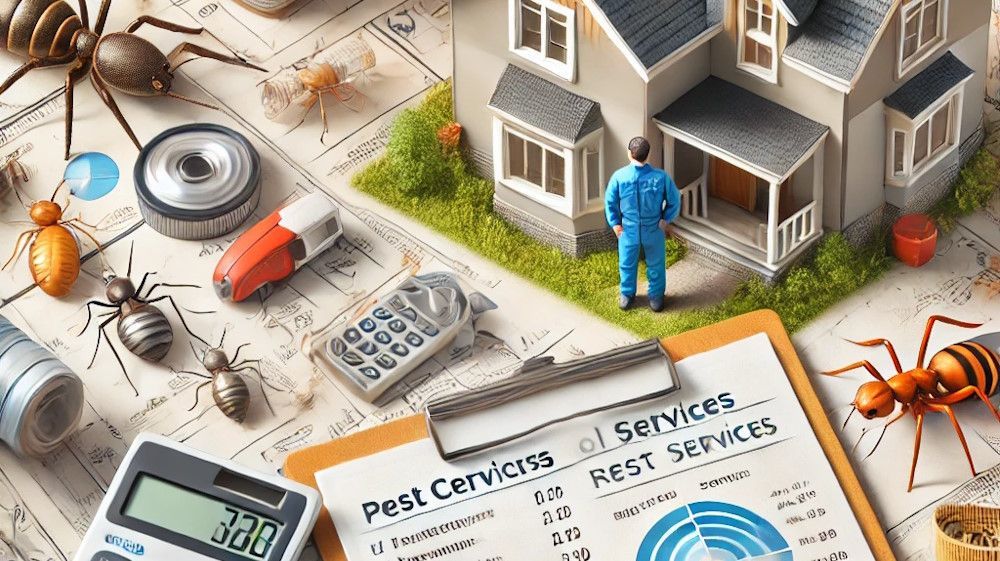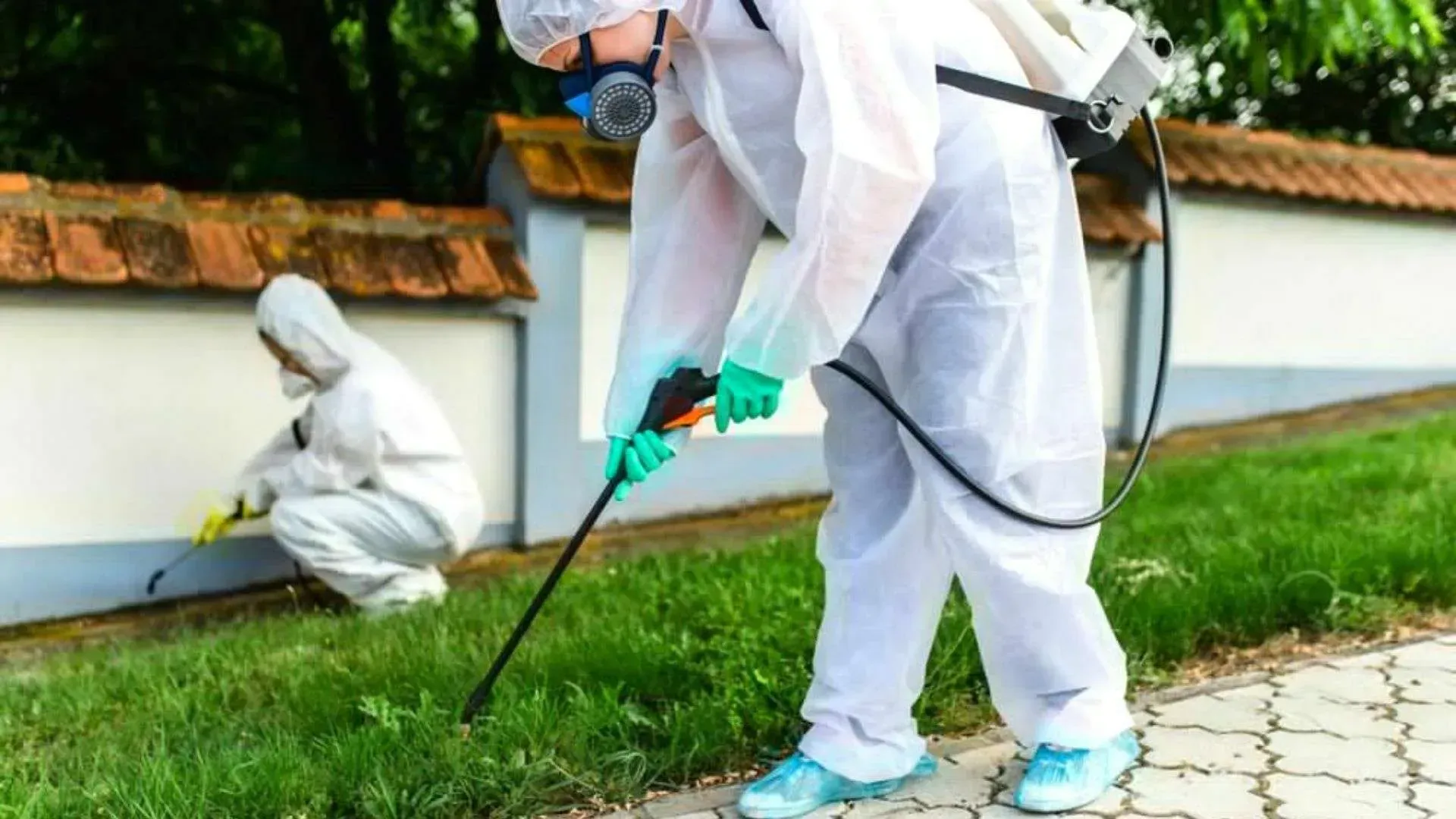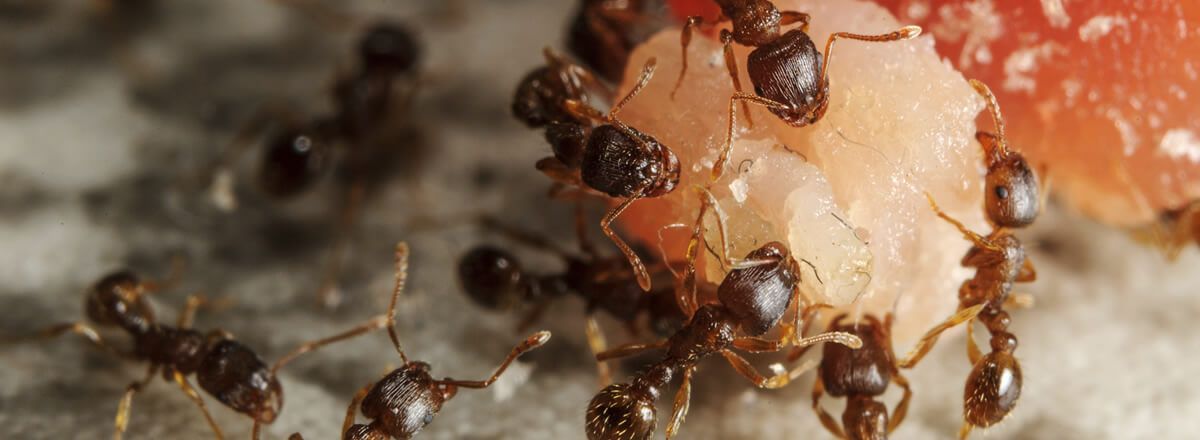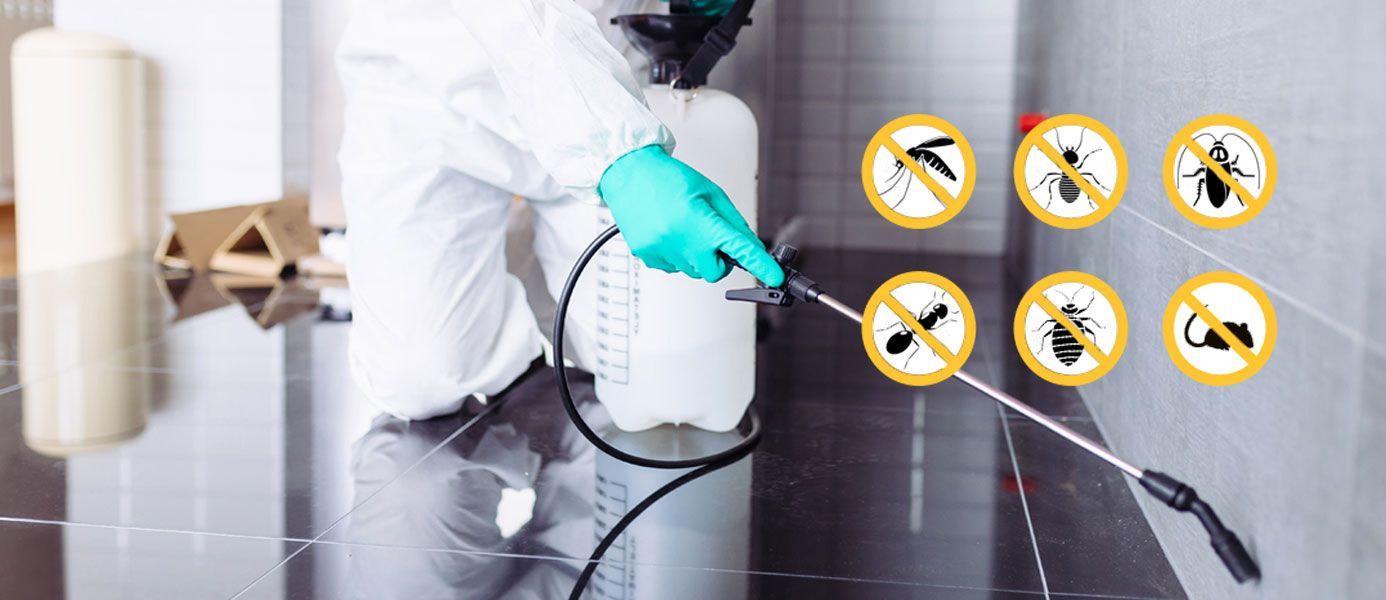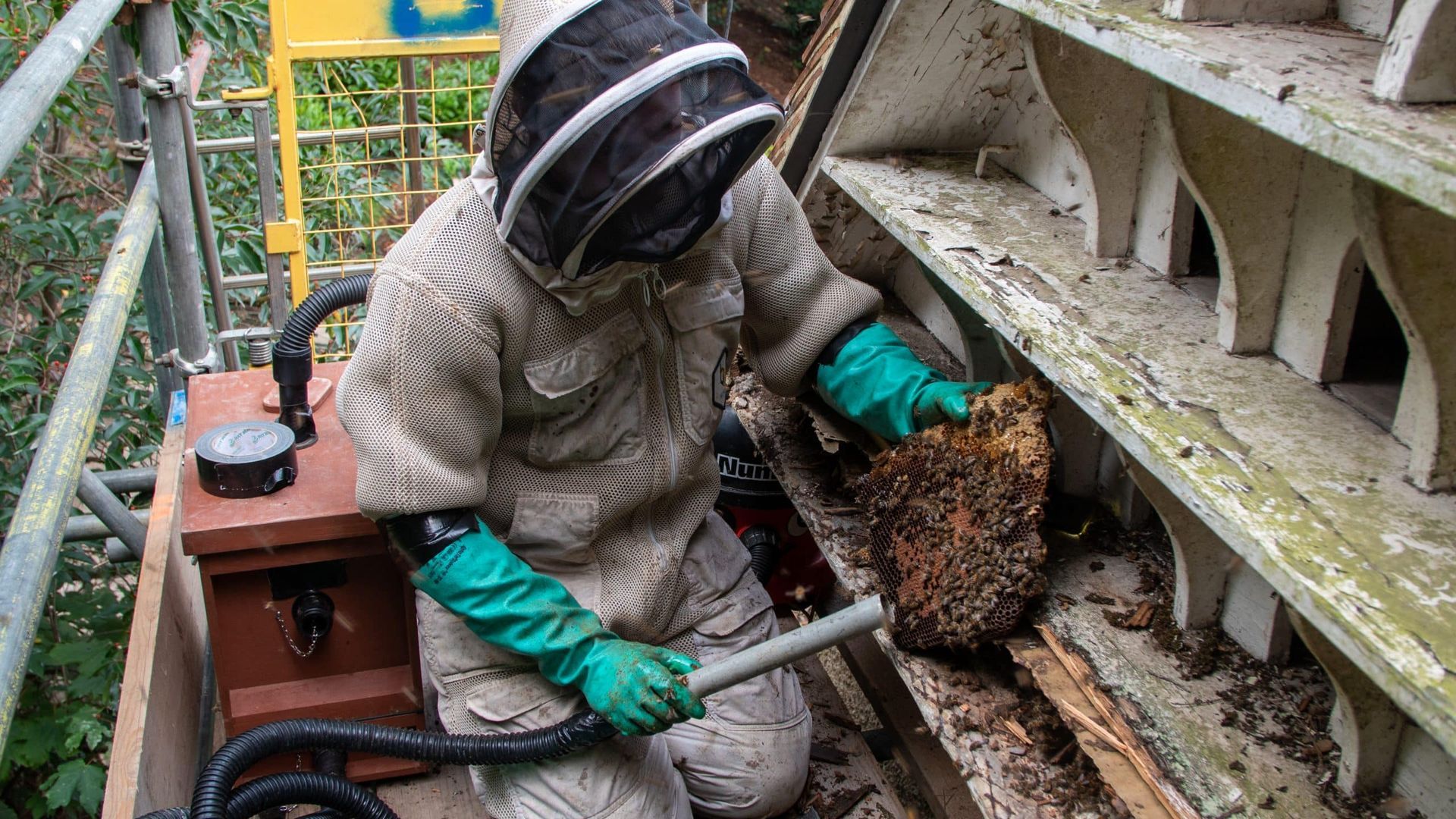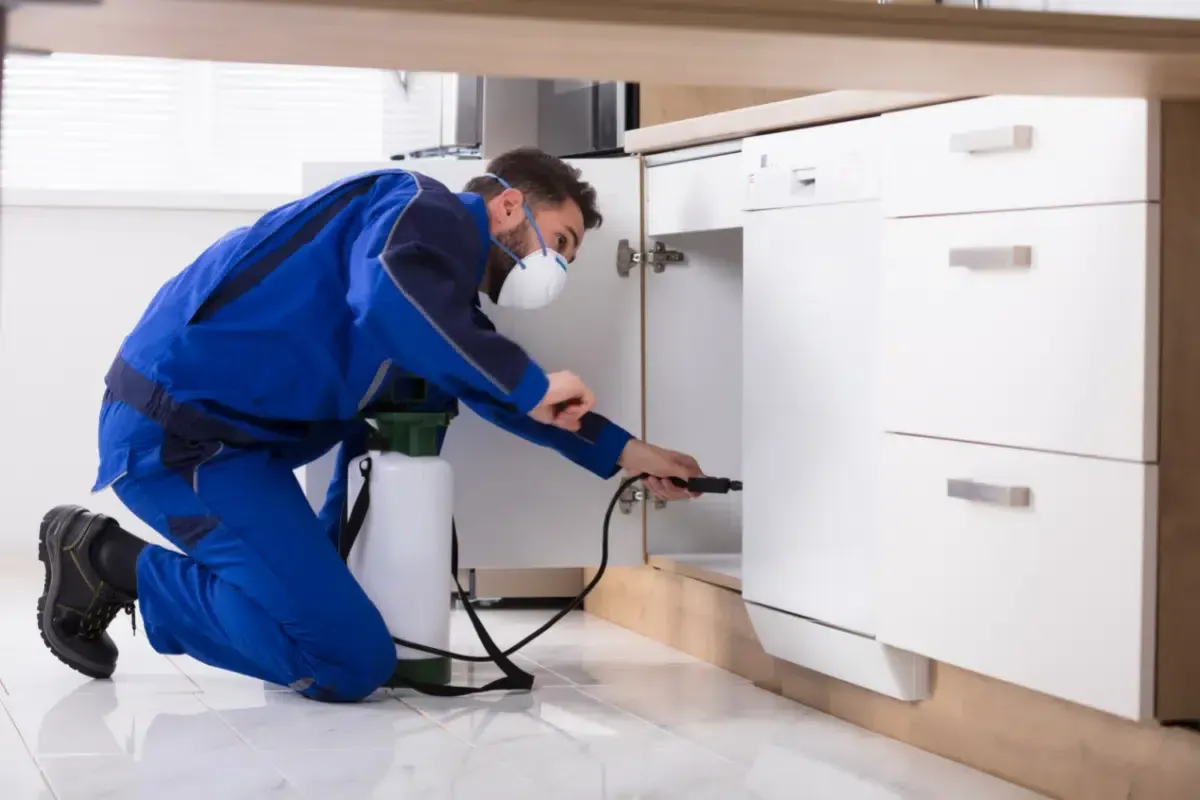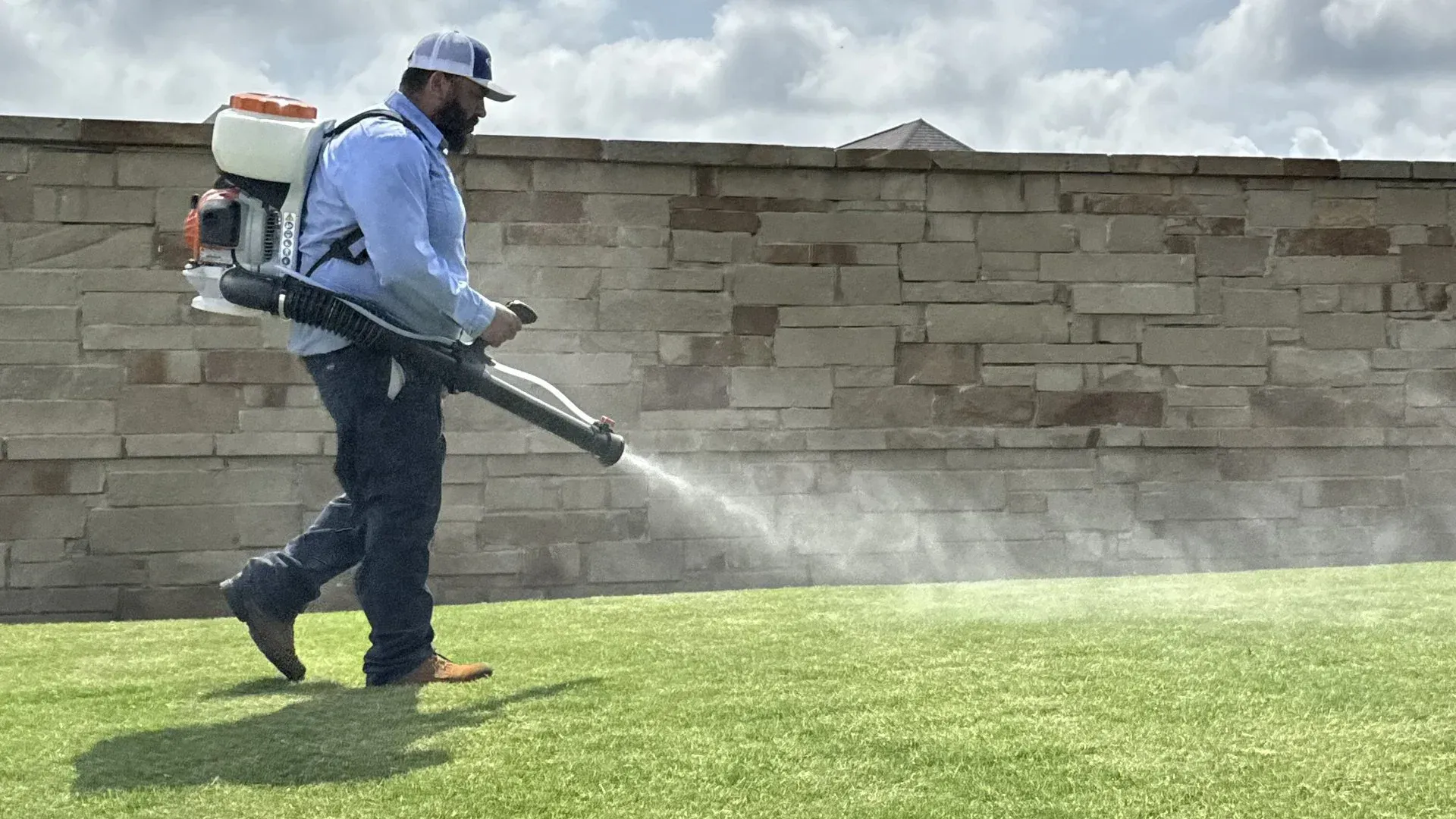Tree Planting
Jon Ipema • July 17, 2023
The best time to plant a tree was 20 years ago. The second best time is today.
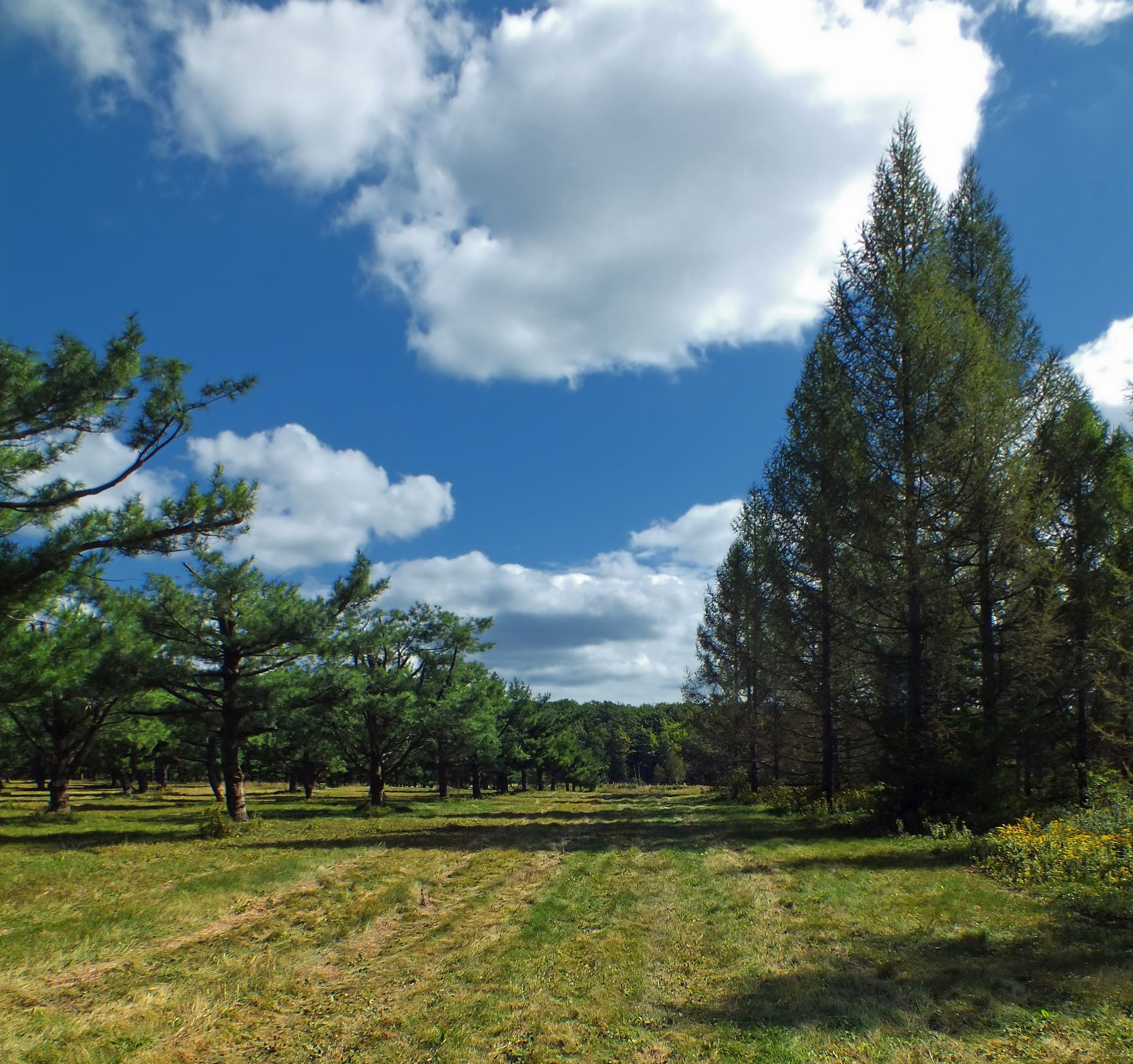
It is common for planting procedures to be completed as follows: dig a hole, drop in plant, backfill, and water. Unfortunately, a little more should go into this is, if the goal is longevity in the health of a tree. Let’s go over the steps:
1. The first step is actually two things. Site selection and proper plant selection. These two things go hand in hand as they often effect each other, and decisions may change based on these factors. Often one of these two will take precedent over the other. For example, if a certain tree is desired, the site location may need to be adjusted to make it feasible. If a certain location (an example is if privacy is a reason for the plant) is the main factor the plant selection should be adjusted to fit the location.
A. If location is the primary concern: How much sunlight is available, for how long during the day? What are the soil conditions; clay, sand, loam? What are the drainage conditions of the site (for example, does it stay saturated in spring and dry all summer)? If someone wants to get even more technical this is the time for soil testing to determine pH and nutrient levels. It should be evaluated at this point which of these conditions are alterable, if they are and it is feasible it will make plant selection far easier.
B. If plant selection is the determining factor the site location can be changed to make it optimal for the plant. Check the plant for the conditions it requires: the amount of sunlight, the frequency and volume of water, and drainage requirements. Once this is determined, a location on the property can be selected that most closely resembles the requirements. If no location can be found, site preparation must begin, which is step 2.
2. Site preparation. One of the most important parts of this step is preparing the site for drainage requirements. Plant roots need certain conditions to thrive and ward off disease. A common disease in plants is crown rot. It is caused by fungi that exist in the soil, but doesn’t do much until the conditions are right. When soil stays saturated for long periods at the base of a plant the fungi thrives. To combat this, we want to insure that drainage is provided away from the base of the plant. To achieve this, pitch and soil type should be accounted for. When preparing a site with very poorly drain soil, it is important to excavate much larger than the root ball in diameter. I often will recommend 3-4 times the diameter, and replace this soil with a higher quality soil. When looking for soil, top soil is not all the same. We are looking for a high quality loam, which incorporates sand, clay, silt, and organics. The hole should only be so deep that the root ball rests on the bottom of the hole, with the crown of the tree should be slightly above ground level, so that after settling occurs it is level to the ground and not below ground level.
3. Installing the tree. Care should be taken to not injure the root ball. Although, it seems pretty tough and indestructible, roots are easily damaged by dropping them into the planting hole. This damage is often visible as dieback on the top of the tree after some time has passed. All burlap should be removed, and as much of the wire on the root ball should be removed as possible, especially wire around the crown of the tree. This will girdle the tree over time and lead to failure. If adjustments need to be made so the height of the crown is at or just above (1 to 2 inches) above grade, use clay underneath the root ball and compact. This will reduce settling and give the tree support.
4. Back fill around the root ball with the high quality loam. This will allow proper drainage while allowing proper water retention and penetration, without holding too much water which will suffocate the roots (yes roots need air). A soil additive containing mycorrhizae, which is a beneficial fungus that works with the root system is a great idea here. In addition, a low nitrogen, high phosphorus fertilizer will help the tree develop its root system.
5. Water. Water deeply and infrequently. 2 to 3 times a week is sufficient. If unsure, check the soil and be sure it dries out between waterings. Deep watering helps develop the root system. While infrequent watering, reduces the risk of root suffocation, as well as root rot and crown rot.
6. Follow up with fertilizer the following year. The Green Advantage utilizes a root zone fertilizer technique. It pumps the fertilizer into the ground into the root area of the tree. This is a 12 month, slow and steady release fertilizer that feeds the trees through the season. Our proprietary blend incorporates mycorrhizae, slow release nitrogen, nitrogen, phosphorus, potassium, micronutrients, as well as a pH adjustment that makes micronutrients in the ground usable to the trees. Using this method also aerates the root zone of the tree, allowing for oxygen transfer and further root development. The fertilizer binds to the soil, which eliminates leaching issues that are common with granular surface applied fertilizer. It also makes for a far more readily available fertilizer unlike tree spikes.
7. Monitor the tree for signs of disease, and follow up as necessary.
If you need advice or would like a consultation, give us a call; our ISA Certified Arborists are here to help!!

